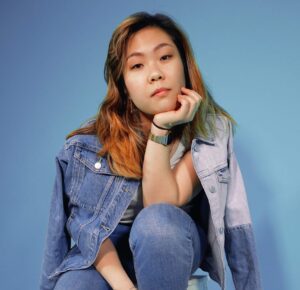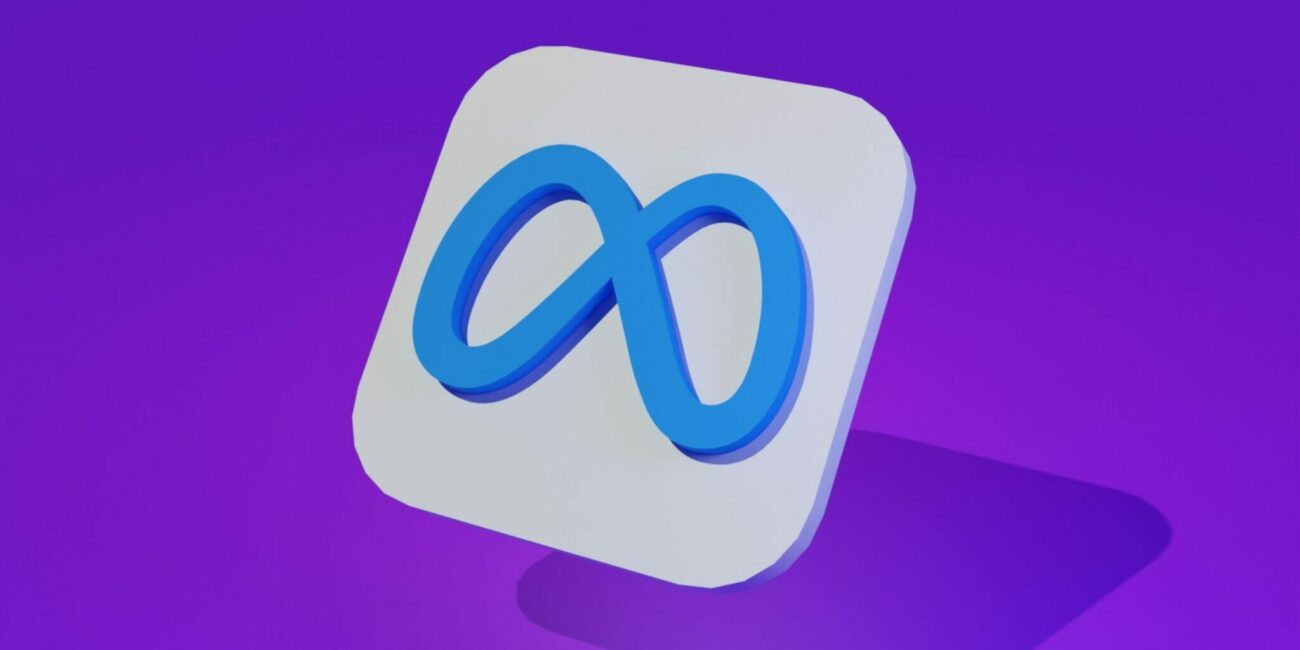How Web 3.0 Will Change the Dynamics of Digital Marketing


Since its conception, the World Wide Web has rapidly evolved throughout the years, each new version reshaping how we interact with others online. As a result, these technological advancements bring about a new shift in the digital era—web3.
But what is web3 and how does it impact marketers? In this article, we’ll be breaking down what Web 3.0 is and what it means for marketers now and in the future.
Web 3.0, also known as the third-generation of the Internet, is a decentralized web that provides more personalized and interactive experiences. It also allows users more control over their personal data and privacy, as opposed to the current model adopted by big tech companies like Google or Amazon.
This dream of next-gen web includes features that support increased security, greater privacy, and more user-friendly experiences. Its infrastructure is built on blockchain technology to reach the goal of making the internet more accessible, secure, and private for all users.
Here’s a brief breakdown of the three prominent features of Web3:
With the decentralization of Web 3.0, there would be:

Source: Gartner
According to Gartner, Web 3.0, in theory, consists of 3 essential pillars. The first pillar focuses on a semantic web (SW), which organizes data in a way that machines can decode and understand. SW will utilize metadata to describe content in a machine-friendly fashion.
The second places a big emphasis on artificial intelligence, which relies heavily on natural language processing (NLP) technology. This, in turn, would help computers understand data like a human in order to make more accurate decisions and responses.
To better understand Web3, let’s quickly break down the history of Web 1.0 to Web 3.0.
If you were a child of the 90s, then you’ll remember what an exciting time it was, as the first version of the Internet was introduced to the world. Of course, it wasn’t nearly as sophisticated and complex as its successor is today (I’m looking at you dial up internet), but it was certainly revolutionary for its time. Back then, most websites consisted of basic fonts, hyperlinks, and awkward blocky sections. For a more accurate visualization, think of Clueless or N-Sync fan webpages.
Fast forward a couple of years, it evolved into Web2, which provided users with the ability to consume content on blogs, wikis, and social media. Long gone were the days of passive content—users could now create their own content and share it with others online.
While the world was enjoying the benefits of user-generated content (UGC), businesses began to recognize Web2 as a viable platform for collecting consumer data. Thus, they started to leverage this digital age to conduct targeted marketing to their audience. However, this method brought about an unfortunate side effect: growing privacy concerns among consumers who are already hesitant to provide their data to brands.
To combat this violation and assuage users, many data privacy laws were enacted to provide some privacy, but it still leaves many consumers wary.

Let’s take Netflix’s evolution as an example. What started out as an online business that shipped DVDs to people’s homes has now transformed into a large media conglomerate with its hands in data collection, digital streaming, media production, and content curation.
Of course, one of the reasons why Netflix grew tremendously was because it was willing to move forward with new technology, but its success mainly banks on the 21st century’s most desired commodity: data.
It’s common knowledge that Netflix is a company built on data. In fact, the streaming giant collects data about what you view, how long you watch it for, and what you look for. Because this data is vital to its service, it’s something you can’t even opt out of.
In Pat Walshe’s—who is a data protection and privacy consultant—research of Netflix’s use of data, he states that “Every data point says something about you”.
For many, that’s a scary revelation. This is where Web3 comes in.
Check out this video from Harvard Business Review to understand what is Web3 in depth.
This vision drives a future where the Internet empowers consumers to operate on their own volition, rather than at the hands of big tech companies. While it seems like a lofty goal to attain, it brings about the real question: how would this actually work?
Like I mentioned earlier, Web3’s infrastructure is built on blockchain technology, which cryptocurrencies (also known as tokens) play a big part in.
To keep it simple, when you own a token, you own a piece of the blockchain (network). The more tokens you have, the more control you have over that network. These tokens, in turn, would play a role in almost all digital interactions from social media, events, art, and gaming.
While it all sounds great in theory, in reality, many have criticized this approach, at best, as a thinly veiled attempt at decentralization, as the power would be always controlled by the world’s common denominator—money.
Web 3.0 is not just the culmination of the Internet evolving; it’s revolutionizing the way we think and interact with each other online. It’s so much more than blogs, websites, SEO, and PPC ads.
Web 3.0 is enhancing the user experience through rich and interactive encounters. While this may be a daunting challenge for most marketers, it can also be a boon when leveraged strategically.
But how can you prepare your brand for the world of Web3 marketing? Before I jump into the nitty gritty details, let’s take a look at how it will impact you and your business.

As illustrated earlier, many companies make money based on the data they collect from their users. This data is then either utilized for their marketing strategies or sold to third parties.
Because of the decentralized nature of Web 3.0, it may possibly make it more difficult for marketers to gather the right consumer data. Marketers may potentially need to be more transparent about their data collection as well.
Marketers will need to update their strategies to meet new challenges and seize new opportunities. Since the classic ways of gathering data will become obsolete—like the death of third-party cookies—marketers will need to utilize a variety of other user data sources to create more personalized, targeted content.
At the moment, many creators are stifled by the platforms they publish on, since they have to adhere to strict guidelines. With the implementation of Web 3.0, they would have full autonomy over their content.
Charlie Neer at MIQ, a leading programmatic media partner, described this shift in a succinct paragraph.
“What does this look like in our current environment? Currently, when an individual downloads a song, the creator gets a fraction of the total revenue and the host (think Spotify or Apple Music) makes out like a bandit. The same goes for creators on YouTube, Twitch, etc,” explained Neer in his CMS Wire article. “This is going to rapidly change with the Web 3.0 revenue model, and the content creators will be the ones in control.”
The good news is that marketers can partner with content creators in order to expand their reach toward their target audience.
There’s a strong connection between NFTs and Web3. While there are controversies surrounding NFTs and its negative environmental impact, NFTs are increasingly growing in popularity. Many big brands like Nike and Gucci have already jumped on the bandwagon of creating their own branded NFTs.
Since power is being redistributed to the consumer in Web 3.0, marketers will need to focus on building a strong community. With consumers deciding and promoting their interests, marketers will need to foster genuine relationships and trust with their target audience.
The Metaverse is a demonstration of the transition from traditional advertising to a more engaging brand experience. With the acceleration of technological advancements, our interactions with the Internet are no longer limited to just our computer screen. We now have the ability to interact with the world around us.
However, we’re not the only ones who’ve noticed this shift. Brands like Facebook and Square have rebranded their businesses in order to accommodate this new world. Savvy marketers must act quickly to capitalize on Metaverse advertising.
Instead of providing your customers with loyalty points or vouchers, push limited edition branded tokens instead. In addition to NFTs being used for transactional purposes, these tokens can be used to drive brand advocacy.
If you’re a big music or video game lover, then you’ve probably attended a Metaverse event or concert before. Many brands like Nike, Gucci, Charles & Keith, and Wendy’s have already held big marketing campaigns and events on platforms like Roblox, Decentraland, and Fortnite.
With the help of the Metaverse, you’ll be able to delight your customers with a brand new experience to drive better engagement, increase brand loyalty, and bring effective business results.
As marketers, we know that trends change like clothes. Web 3.0 will be no different. Because of its decentralized nature, it is more likely to bring a host of new trends to the table. My advice is for marketers to keep an eye out for upcoming trends and begin incorporating them into their marketing strategies.
This will help you stay ahead of the curve and keep your brand relevant to your target market.
As explained earlier, Blockchain technology plays a big role in Web3. If you’re not as familiar with this technology, this is the perfect time to learn. Gartner helpfully breaks down what Blockchain is in this article.

To be frank, we don’t know. Web 3.0 is currently in its infancy stage, so at the moment, it’s still very much a vision and an idea, rather than a tangible reality.
Truthfully, Web3’s infrastructure is still being built and there’s no set deadline on when it needs to be completed.
But why the buzz then? Well, for one, the Metaverse and cryptocurrency is booming. As a result, many businesses are preparing for this next-gen Internet due to its increased popularity and adoption.
If you want to catch a glimpse of how digital marketing will look like during Web 3.0, check out my article, Why the Metaverse Matters in Marketing. This thought piece provides helpful tips, real-world case studies, and how you can implement some Web3 elements into your current marketing strategies.
The future of marketing is just beginning. Web3 offers marketers plenty of new opportunities to engage with their audience and provide valued experiences. While Web 3.0 is still a ways off from becoming a reality, we can expect that the next generation of the Internet will bring about a new dynamic shift in how business is conducted online.
The transition from Web 3.0 marketing is not a matter of if, but when. Businesses looking to get ahead will reap the most benefits. However, we understand that marketing in Web3 can be overwhelming, especially if you’ve just gotten wind of it. That’s why we’re here! We’ve helped many businesses in different industries (associations, FMCGs, technology, and banks) adapt and thrive in new digital changes.
We’d love to help you too! Get in touch with our Digital Marketing Experts by contacting us at hello@medianetic.me, calling us at +603 7960 3088, or chatting with us by clicking on the little chat bubble on the lower right corner.

Medianetic Sdn Bhd
200301016995 (619415-K)
No. 59, 2nd Floor, Block E, Zenith Corporate Park, Jalan SS7/26 Kelana Jaya, 47301 Petaling Jaya, Selangor
hello@medianetic.me
+603 7960 3088 (Office)
Medianetic Sdn Bhd © 2023
Made by Medianetic